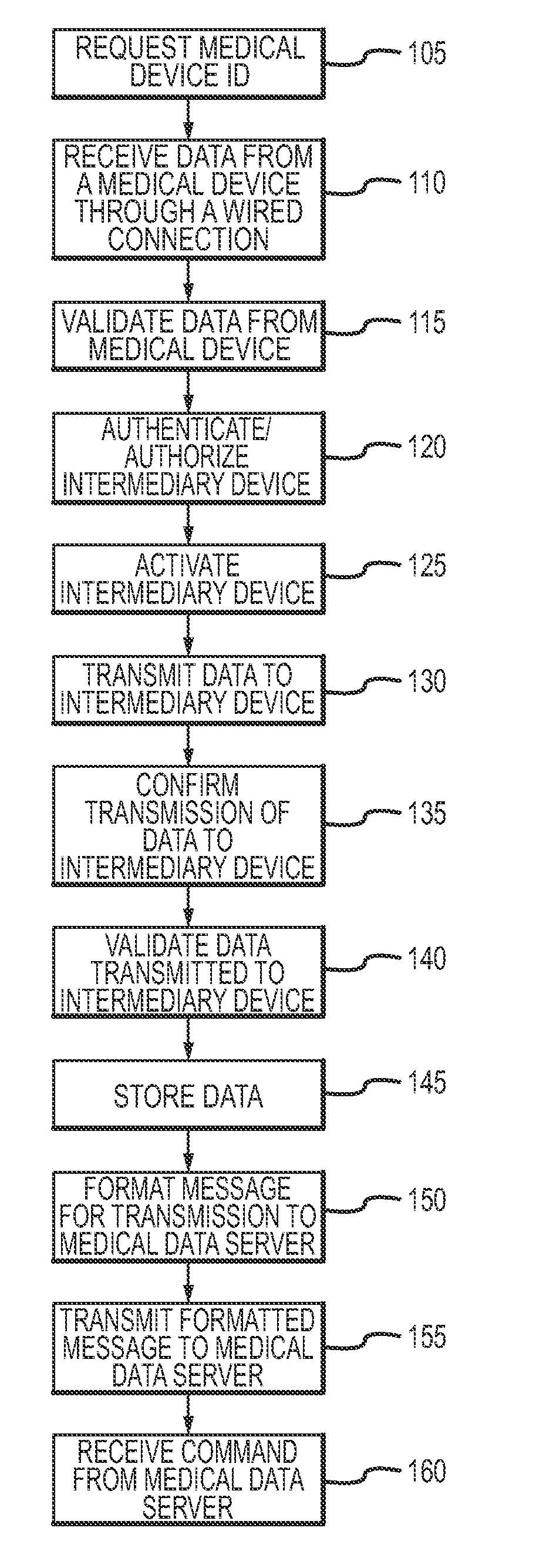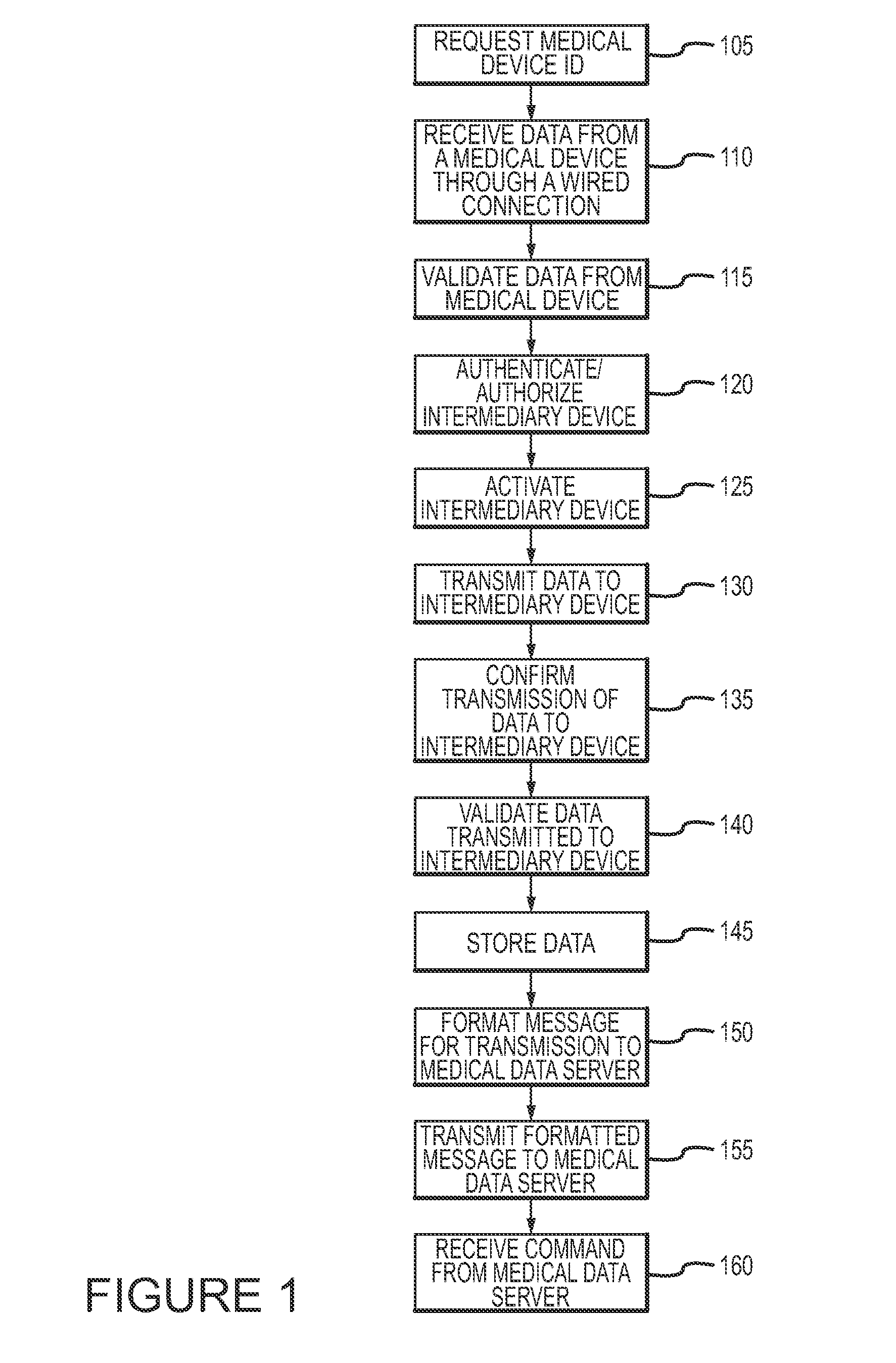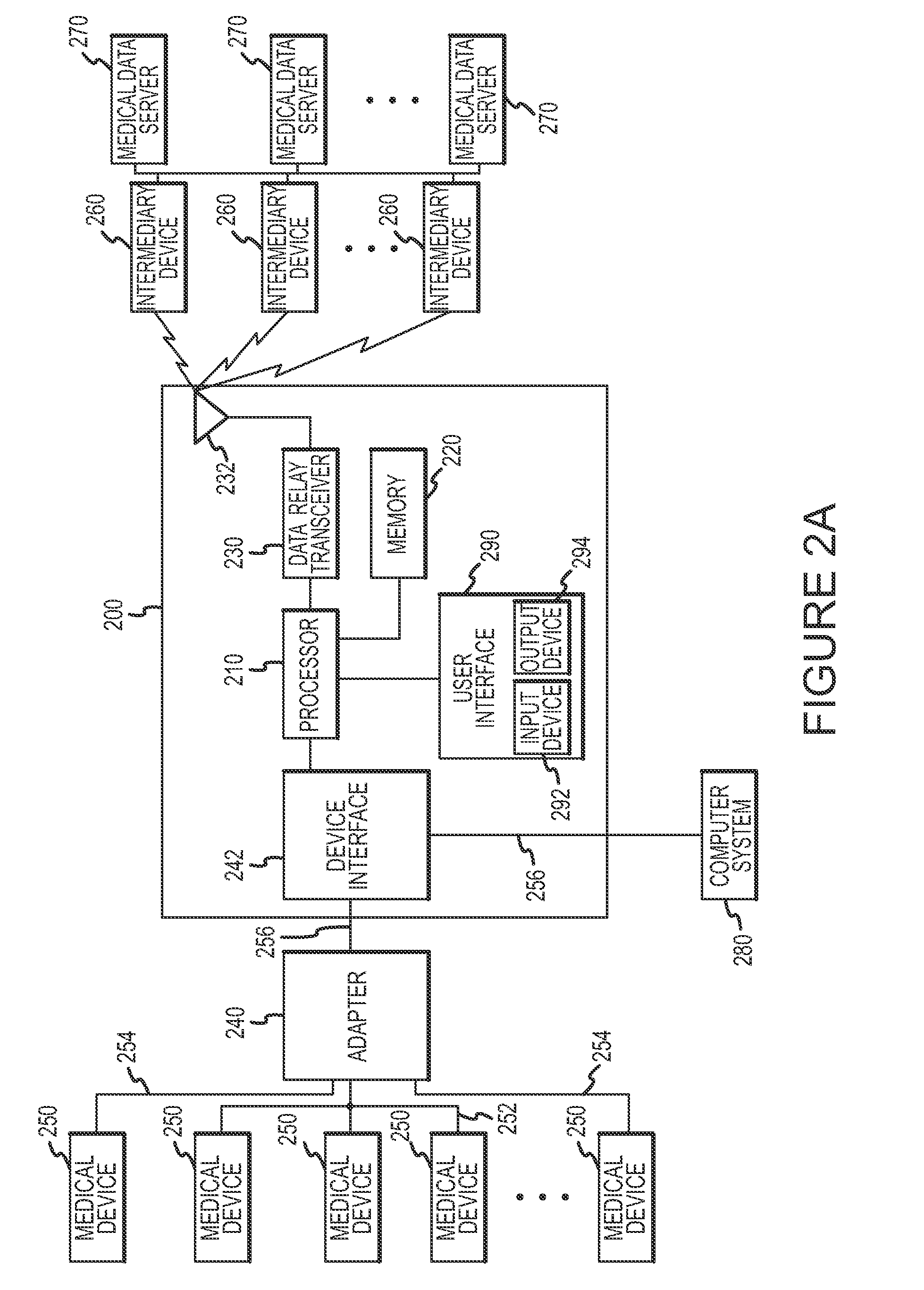Methods for personal emergency intervention
a personal emergency and emergency intervention technology, applied in the field of personal emergency intervention, can solve the problems of not cost effective or intellectually feasible for patients to purchase and operate complicated and expensive medical machines in a home setting, and many patients are very expensive, and achieve the effect of active lifestyl
- Summary
- Abstract
- Description
- Claims
- Application Information
AI Technical Summary
Benefits of technology
Problems solved by technology
Method used
Image
Examples
Embodiment Construction
[0003]1. Field of the Invention
[0004]The present invention relates to systems and methods for remote patient monitoring, and more particularly, to systems and methods for providing mobile personal emergency response and tracking.
[0005]2. Background of the Invention
[0006]Historically, patient medical care was often provided for in the patient's home or some other environment apart from a clinical setting. Physicians, midwives, or other healthcare providers would make house calls, observe patient symptoms, formulate diagnoses, and provide treatment. As the state of the art of health care evolved over time, the number of house calls made by healthcare professionals diminished. In large part, health care providers conducted fewer and fewer house calls because it became impractical to bring bulky medical diagnosis and test equipment to the patient. Likewise, it was not cost effective or intellectually feasible for patients to purchase and operate the complicated and expensive medical mac...
PUM
 Login to View More
Login to View More Abstract
Description
Claims
Application Information
 Login to View More
Login to View More - R&D
- Intellectual Property
- Life Sciences
- Materials
- Tech Scout
- Unparalleled Data Quality
- Higher Quality Content
- 60% Fewer Hallucinations
Browse by: Latest US Patents, China's latest patents, Technical Efficacy Thesaurus, Application Domain, Technology Topic, Popular Technical Reports.
© 2025 PatSnap. All rights reserved.Legal|Privacy policy|Modern Slavery Act Transparency Statement|Sitemap|About US| Contact US: help@patsnap.com



